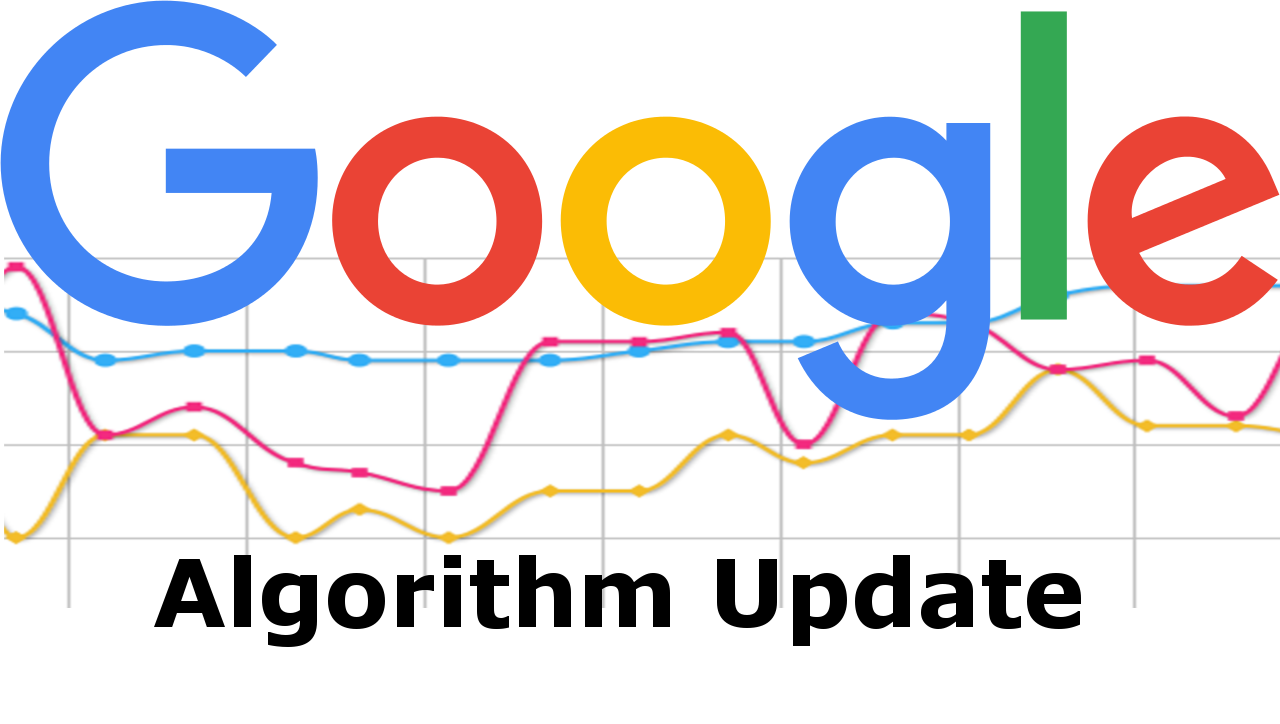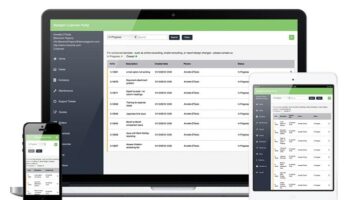If you are like many agency owners, you spend a disproportionate amount of time sifting through any available information on Google’s most recent algorithm updates, looking to gain an edge for clients. Although there is always the possibility that a future update will require fundamental changes to your SEO strategy, that simply has not been the reality in the recent past. If we were to compare algorithm updates to earthquakes, the last earthquake was in November of 2013. Google’s Penguin 2.1 update changed the entire search marketing landscape in a very fundamental way. Prior to that update, Google did little to differentiate between low- and high-quality backlinks and very little regarding over-anchoring on money keywords. Setting aside the Penguin 2.1 update, every other update in the intervening six years has been incremental and completely in alignment with Google’s goal of providing relevant search results for users of their search engine. In this article, we will review three timeless strategies that can be used now and in the future no matter what Google throws at you.
Strategy 1: Make Understanding Searcher Intent a Priority
Properly understanding searcher intent is a springboard that will propel your client’s SEO campaign to the next level. As mentioned above, Google has dropped dozens of larger named updates such as the Penguin, Panda, Hummingbird, and Medic updates. Google also makes hundreds of smaller, unnamed updates each year. Harnessing searcher intent will help your clients adapt to every one of these changes in a slightly different way. For example, Panda focuses on content quality, which is extremely relevant to searcher intent.
Searcher intent is expressed via keyword searches. We recommend that you optimize for both voice and keyboard searches.
- Voice search: The primary characteristic of voice search is its conversational phrase structure. Users ask Siri, Alexa, and Google Home devices questions such as “Is there a pizzeria open now?” or “Find a pizza shop near me.” Create an FAQ page that answers common questions that occurred during voice search and write blog posts to address more intricate questions. We also advise you to answer questions where appropriate on your products and services pages.
- Keyboard search: Although searchers are typically looking for the same things in voice and keyboard search, they input them quite differently. Keyboard searchers tend to type in terse phrases such as “Pizzeria Columbus” or “Columbus Pizzeria.” Understanding which phrases your potential customers type in to find your client’s business is relatively easy for most agency owners as they may already have an AdWords account opened up for their client, which is a treasure trove of data. If you do not have an AdWords account you can still use other tools such as ahrefs.com, semrush.com, or simply jump into Google Search Console to find phrases that people typed in to reach your client’s website.
We also advise that you interview your client to understand their ideal customer. It is extremely likely that your client understands the needs, fears, hopes, and challenges faced by their clients. More importantly, understand what their ideal client looks like and what characteristics they possess. With this in tow, it is time to create content that will lead these ideal clients to your door.
Strategy 2: Content Creation to Attract Ideal Customers
The first step you need to follow when creating content for your client or your customer is to put together a great editorial calendar. This editorial calendar will consist of the problems identified during your interview with your client. Now it’s time to write your first post. The most powerful piece of advice we can give you is to go into an unbelievable amount of detail to help solve a difficult problem faced by your client’s potential customers. Many blog posts simply provide a cursory overview of the problem and then advise you to call the company for a real solution. That level of quality is no longer sufficient as blog posts that were formerly 500 words or less in length are now routinely 2,000 to 3,000 words in length. This added heft allows you to provide step by step instructions that explain to the reader exactly how to solve their problem. Some of your clients may express concern that we are giving away the milk for free. Explain to your client any business lost as a result of providing free information will be more than made up for in an increased number of website visitors and building trust with an audience that now views your content as genuinely helpful. Those readers will be more likely to read additional posts from your client’s blog, which will create a virtuous cycle, increasing the critical mass needed for you to achieve lasting digital marketing success for your valued client.
Strategy 3: Machine Learning
By now it is clear that lurching from strategy to strategy in the face of routine algorithm updates is ineffective. If you are like us, you’re probably asking what about RankBrain? Does the same go for Google’s machine learning entity? Quite simply, the answer is yes. The goal of Google’s RankBrain is identical to that of Google’s various algorithm updates, which is to provide high-quality search results that are relevant to users. Although the mission is fundamentally the same, how you would optimize to accommodate for the presence of RankBrain is a bit different. Below we listed three things you can do for each of your client’s campaigns to accommodate RankBrain.
- Keyword research: Incorporate medium-tail keywords into your blog post, client products and services pages, and page-level metadata. RankBrain likes longer keyword phrases as their higher level of specificity leads to higher conversion rates and gives RankBrain a bit more to go on. Going past three- to four-word phrases would undoubtedly further help RankBrain; however, that increase level return would be more than offset by the significantly lower search volume of long-tail keywords.
- Link building: Many agency owners confine themselves to technical SEO and content marketing. For less competitive clients, this may do the trick; however, for your more competitive campaigns, we strongly recommend that you begin a link building campaign to give them the edge over their competition. Many agency owners understand links are viewed as votes by Google. Meaning, links to your client’s blog post are viewed as indicators that the content was useful to users, and links to the homepage as well as products and services pages are votes for the relevancy and quality of the services provided by your client. The reason many agency owners don’t do link building is that they do not have the relationships needed or the time required to commit to a quality link building campaign. If that is the case, we highly recommend that you engage with a white label SEO service to provide an adequate inventory of high-quality link building partnerships for your clients
- Content quality: As mentioned above, it is absolutely critical to create high-quality long-form content that will engage its readership as this will lead to increased time on page. Google views increased time spent reading a blog post as an indicator that the blog post is useful and therefore deserving of increased prominence in Google search results.
We hope you learned at least one new thing reading this post. We further hope that you implement all three tips as it is our conviction your campaign results will be positively impacted if you do so. Thank you for taking the time to improve the search results of your clients. We wish you the best now and in the future.
BIO
Adam Stetzer holds a Ph.D. in Industrial and Organizational Psychology and has published on the topics of Internet marketing, absenteeism, employee and customer satisfaction, productivity and safety, and culture. He has founded several technology firms, and is currently CEO at HubShout, a white label SEO reseller firm. In his 25 year career he has worked with companies such as General Electric, Coca Cola, Pepsi Cola, Verizon, AT&T, Ford, LendingTree, American Express and ChevronTexaco. Adam has advised over 1,000 small business owners and blogs frequently.
Utilize various Metrics for linkbuilding, including DA, Page Authority (PA), and Trust Flow, to evaluate link-building efforts and enhance the credibility and visibility of websites.





